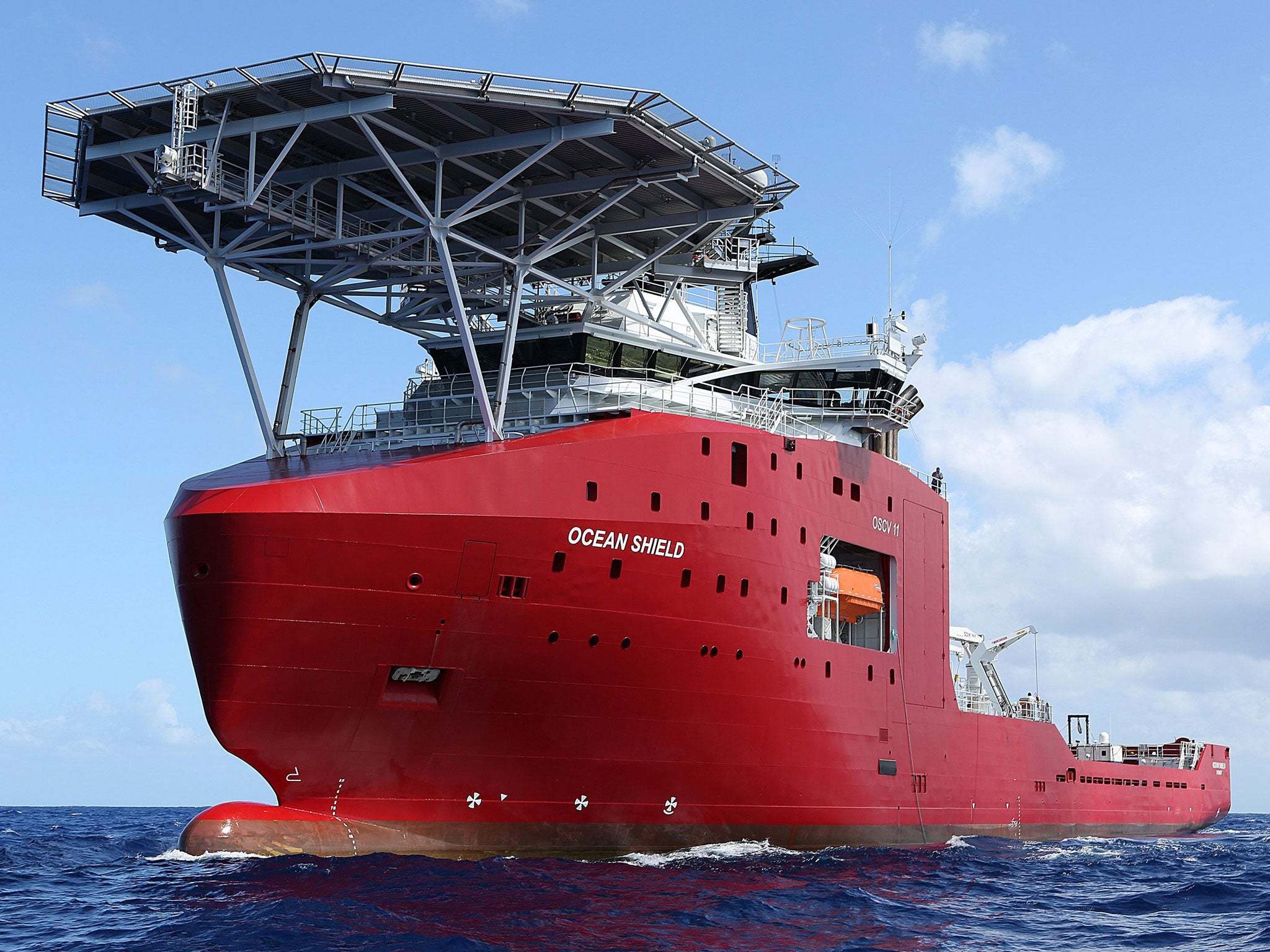Missing Malaysia Airlines Flight MH370: Navy divers to trawl search area after evidence of black box 'pings'
Month-long hunt enters a 'critical' stage as missing plane's black box batteries reach the end of their expected life

Your support helps us to tell the story
From reproductive rights to climate change to Big Tech, The Independent is on the ground when the story is developing. Whether it's investigating the financials of Elon Musk's pro-Trump PAC or producing our latest documentary, 'The A Word', which shines a light on the American women fighting for reproductive rights, we know how important it is to parse out the facts from the messaging.
At such a critical moment in US history, we need reporters on the ground. Your donation allows us to keep sending journalists to speak to both sides of the story.
The Independent is trusted by Americans across the entire political spectrum. And unlike many other quality news outlets, we choose not to lock Americans out of our reporting and analysis with paywalls. We believe quality journalism should be available to everyone, paid for by those who can afford it.
Your support makes all the difference.Navy divers have been searching for the Malaysia Airlines flight MH370, after signals detected by a vessel consistent with those from black box flight recorders were hailed as "the most promising lead" in the month-long hunt so far.
The head of the Australian-led search for the missing flight has said they will scour the sea before sending in a submersible underwater.
Australia’s Ocean Shield picked up the ‘pings’ on Saturday and Sunday, but were unable to relocate them on Monday.
They will now continue to trawl the area before sending a submersible to investigate whether faint sounds detected by equipment on board Australian vessel Ocean Shield are from the missing plane's black boxes.
If no further pings are detected, the autonomous underwater vehicle (AUV) Bluefin-21 is onboard the Ocean Shield and could be sent to look for wreckage on the sea floor.
Angus Houston, head of the Australian agency coordinating the search for flight MH370, said the month-long hunt in the Indian Ocean was at a critical stage given the batteries in the black box beacons had already reached the end of their 30-day expected life.
"If we don't get any further transmissions, we have a reasonably large search area of the bottom of the ocean to prosecute and that will take a long, long time. It's very slow, painstaking work," said Houston.
"It is a large area for a small submersible that has a very narrow field of search, and of course, it is literally crawling along the bottom of the ocean," he said.
"That's why it’s so important to get another transmission and we need to continue until there's absolutely no chance the device is still transmitting."
The Bluefin will scour the ocean floor in 20-hour missions using sonar in an attempt to find the Boeing 777, before its findings are downloaded and analysed on board the Ocean Shield.
If anything unusual is spotted, the sonar on board the robotic vehicle will be replaced with a camera to take a closer look. The potential search area is about 4.5 km (2.8 miles) deep, the outer reach of the Bluefin's range.
READ MORE: KEY QUESTIONS ANSWERED IN SEARCH FOR MISSING PLANE
OPPOSITION LEADER SAYS GOVERNMENT IS CONCEALING INFORMATION
LAST WORDS FROM COCKPIT WERE NOT 'ALL RIGHT, GOOD NIGHT'
Up to eleven military planes, three civilian planes and 14 ships are taking part in the search on Tuesday, with the Australian coordination centre reporting good weather in the search area.
On Monday, Malaysia's Defence Minister said he was "cautiously hopeful" that teams searching for missing flight MH370 will be able to make a positive announcement in the next few days, "if not hours".
His comments came after the head of the Australian agency co-ordinating the search for missing Malaysia Airlines flight MH370 said the team is “very close” to locating the area where the aircraft fell, after a US Navy ‘ping’ locator towed by an Australian ship detected signals consistent with the beacons emitted from aircraft black box recorders.
Additional reporting by agencies
Join our commenting forum
Join thought-provoking conversations, follow other Independent readers and see their replies
Comments